October 11, 2018
Seeding Wildflowers & Native Grasses
Birds are the best designers! They knew just where a chile pequin was the crowning touch at the end of this narrow bed that’s shady in the morning and sun-blasted in early evening.
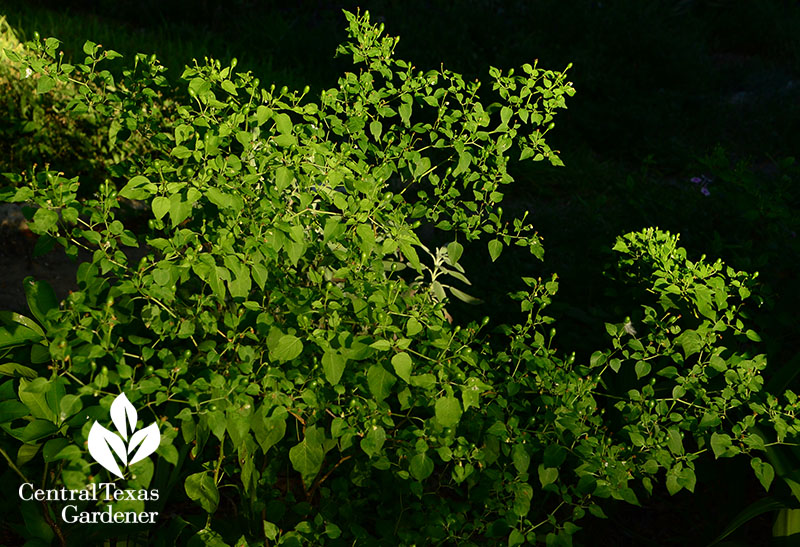
No doubt they deposited lots of seeds from my various plants, but this one germinated and thrived since it landed in the right spot. Perhaps “woodland edge” covers it: shade with bits of sun. Mine die back in winter but most return from the roots.
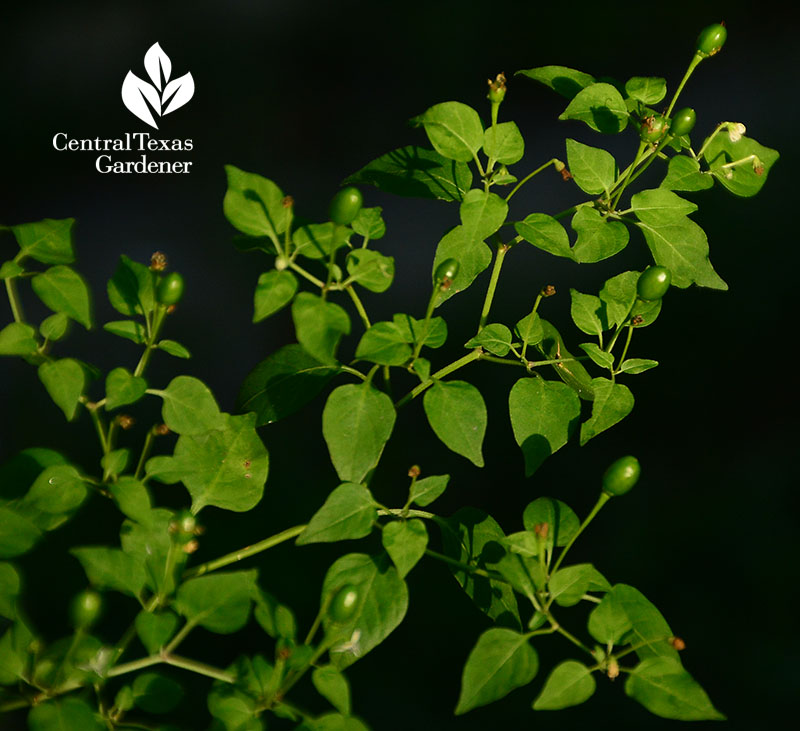
Many factors determine if a seed—”weed,” grass, or wildflower—makes it to adulthood like native Indian blanket (Gaillardia pulchella).
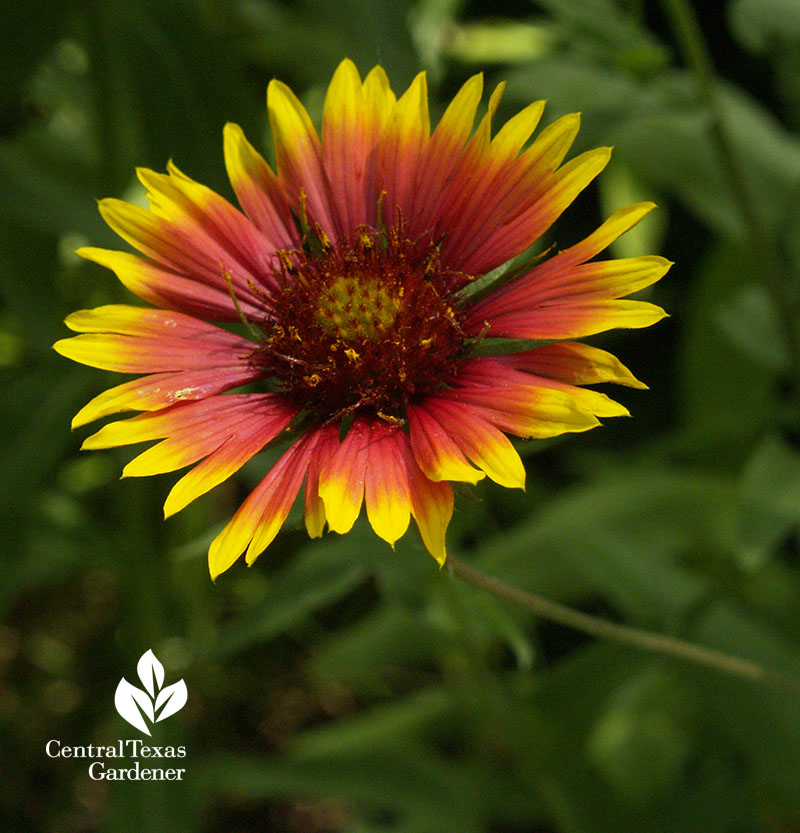
Weather is a key prompt. After all, we don’t swap seasonal clothes until the time is right!
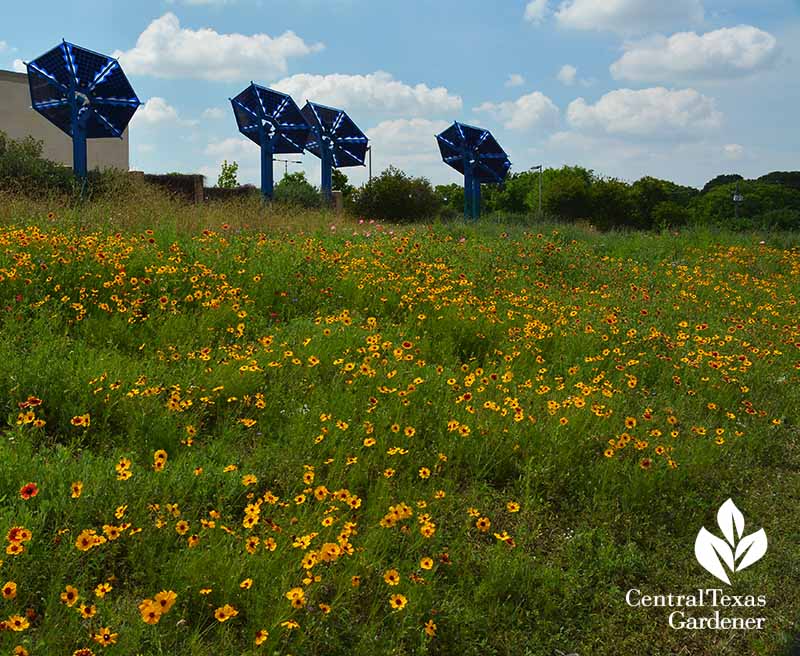
Of course, in Central Texas, it’s trickier, since we’re wearing sweaters one day and shorts the next. In late spring—when we plant summer’s wildflowers—sudden cold, damp spells rot them right away.
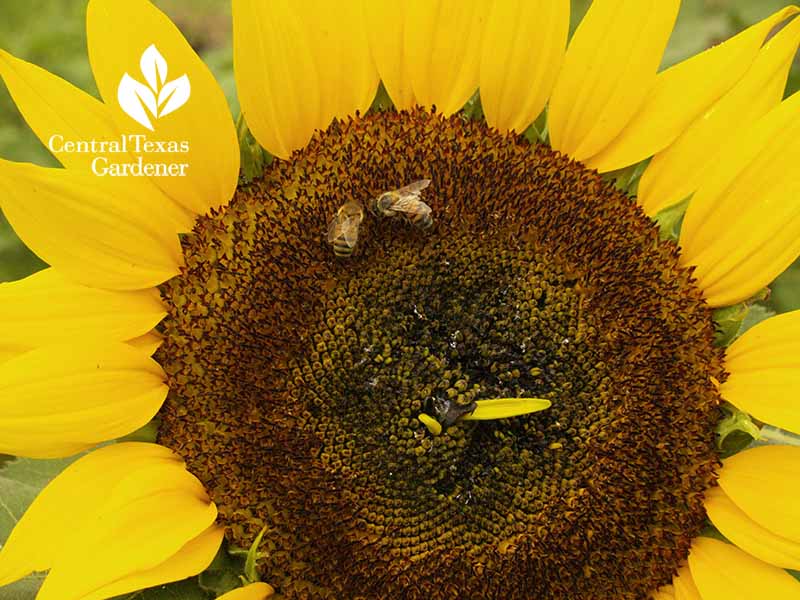
Fall’s when we plant our spring wildflowers. But when is “fall” exactly? Your guess is as good as mine, but usually we’re good to go in late October and early November.
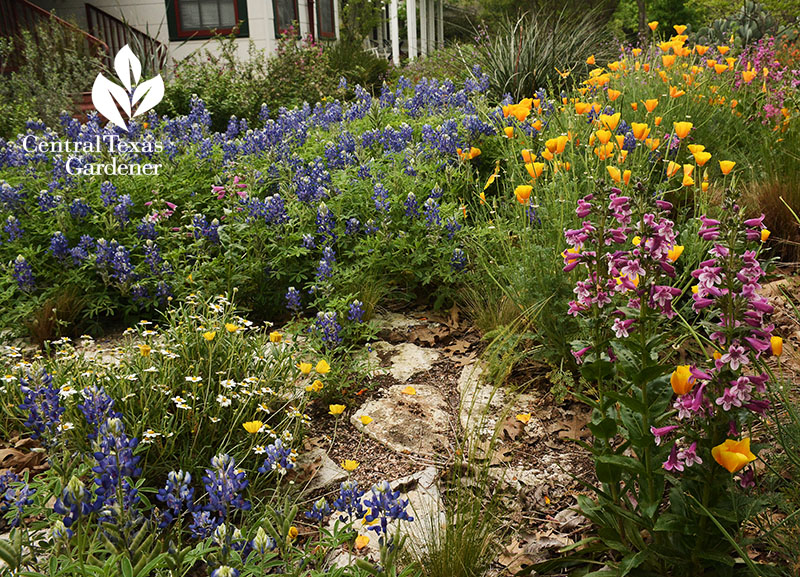
Freeze doesn’t generally bother native seeds. Too much rain can wash away freshly-planted seeds or drown tiny seedlings. The real deal breaker, though, is lack of rain. Seeds germinate, dry out, and die. So, keep the water hose handy.
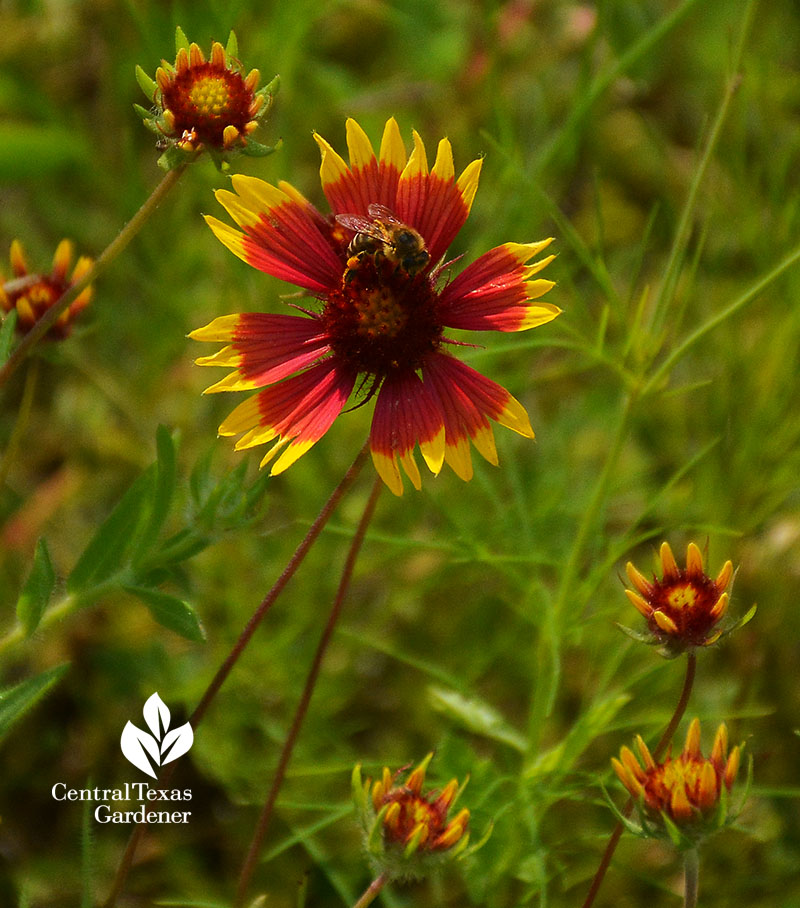
Native meadow grasses, like these seeded by Bonnie Evridge and John Hart Asher in their backyard pocket prairie, were planted in spring.
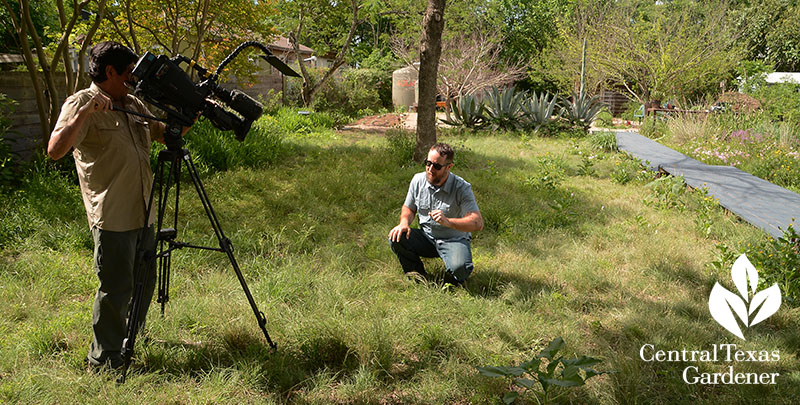
Spring’s also a great time to install transplants of bunch grasses for fall blooms, like native Lindheimer Muhly banked by sitting stones in a Mueller park.
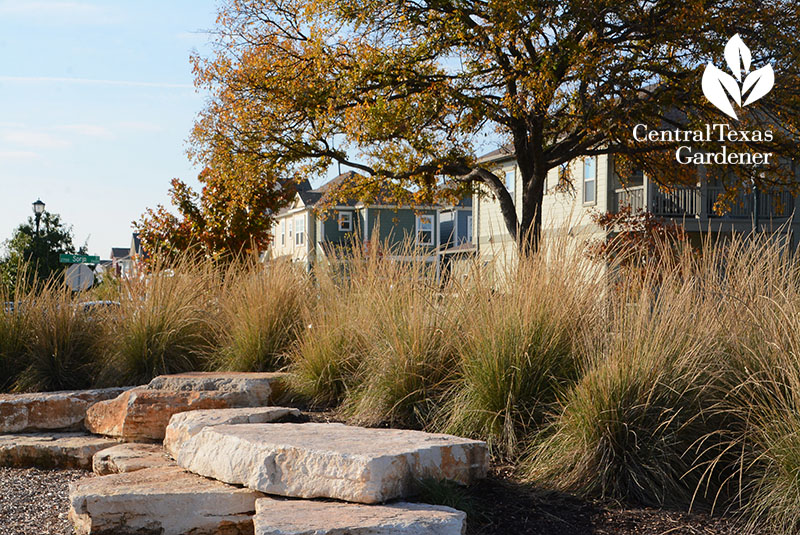
This week, Luke Turner from family owned and operated Turner Seed in Breckenridge, Texas, explains why to mix flowers and grasses for the ultimate wildlife habitat.
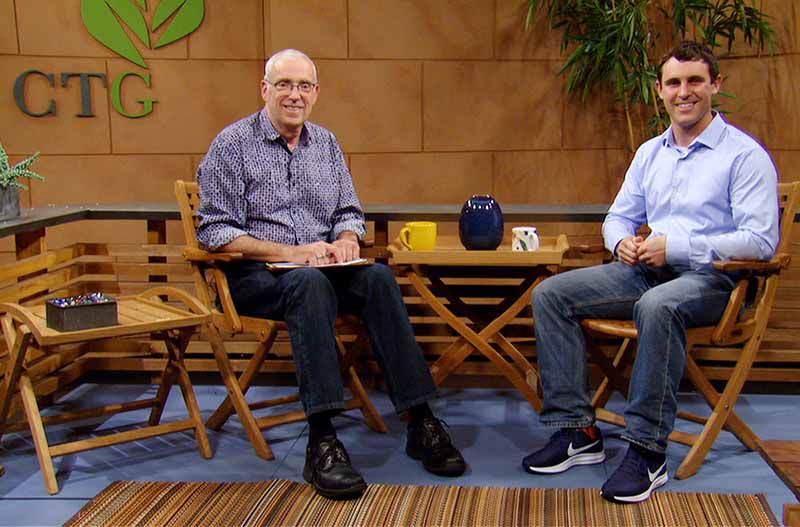
Turner Seed has an incredible website to instruct you on planting times and benefits, like pollinator-beloved Mexican hat (Ratibida Columnifera).
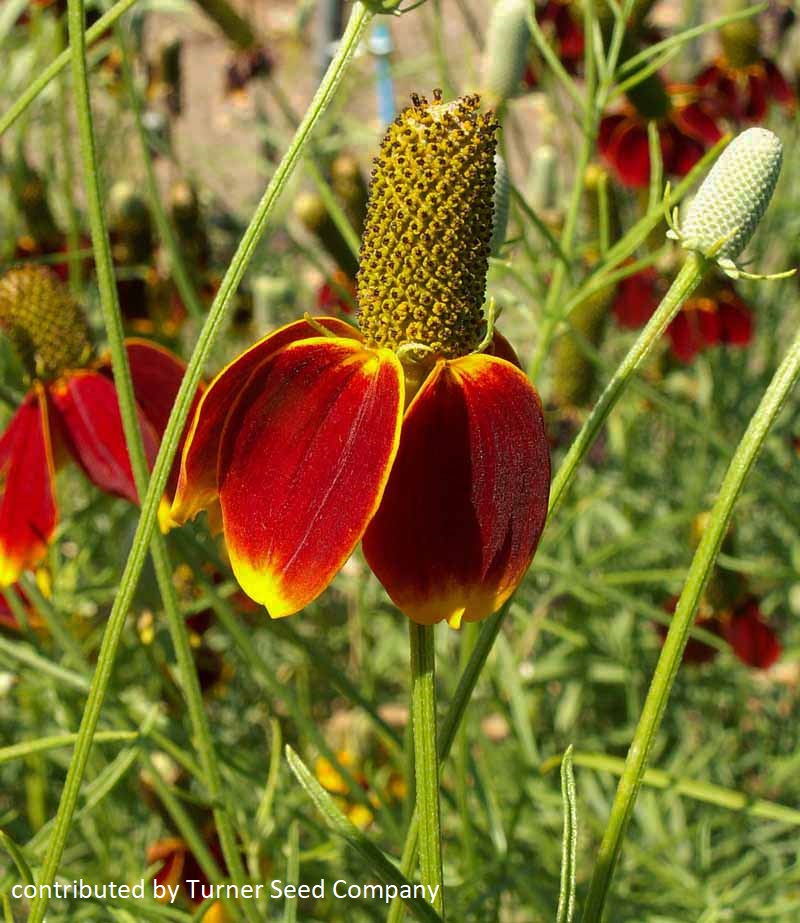
Native grasses like little bluestem provide habitat and nesting, grazing, and seeds for birds. This one’s a larval host to many butterfly skippers. It is deer resistant.
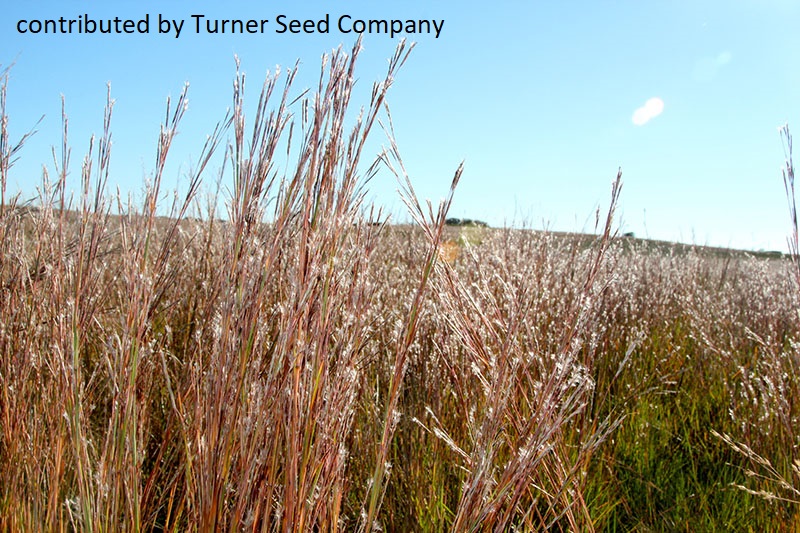
Fall’s a great time to plant cover crops that naturally add nitrogen to the soil for summer’s crops. Their flowers feed pollinators in the cool weather months, like this pretty Austrian pea.
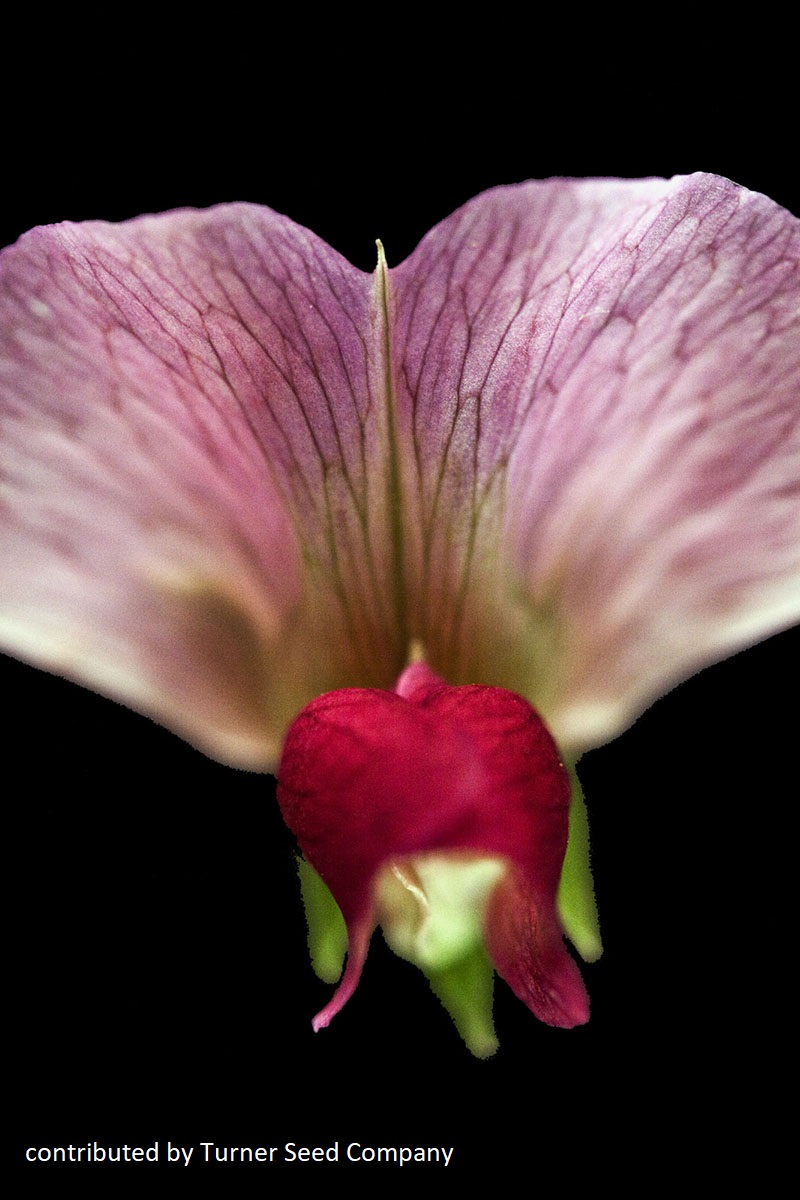
Watch now!
On tour: In Weir, Texas, a young family turned overgrazed land into majestic waves of wildflowers and native grasses that greet the eyes and grateful wildlife.
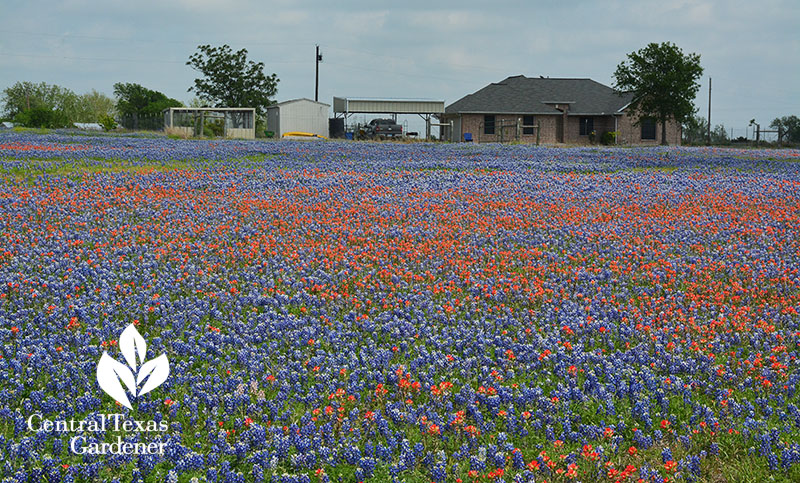
Kasie and Andy Brazell wanted to offset city life and high-tech jobs with wide open spaces to raise their children.
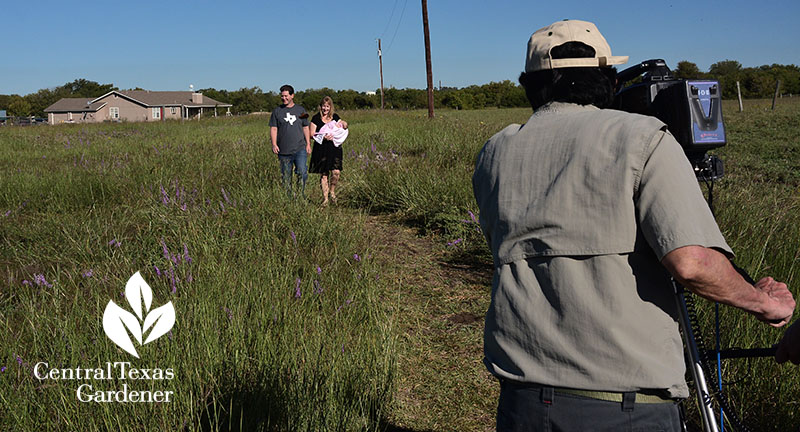
This meant a lot of backbreaking work to rid the invasive plants (on-going) and to bring wildlife diversity back with something blooming all year.
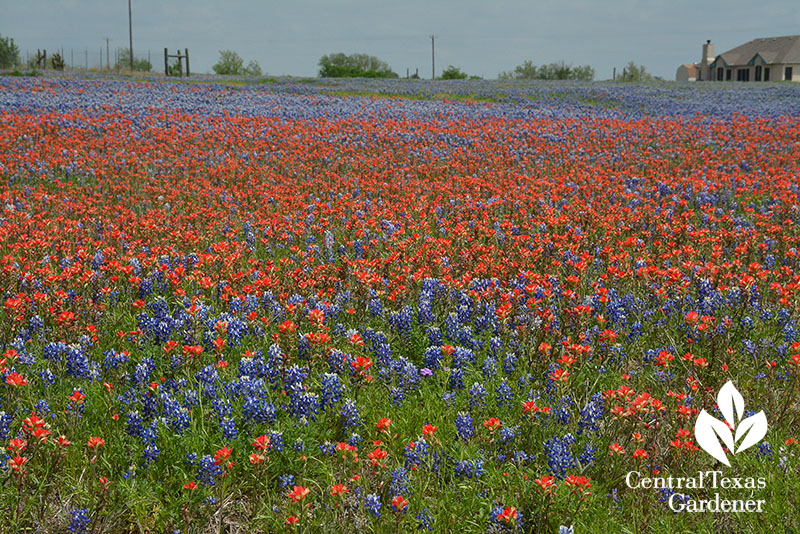
One spring, returning from another shoot, we detoured to bump down a narrow, dusty road to check this out. We turned the corner and gasped in Oz-like awe.
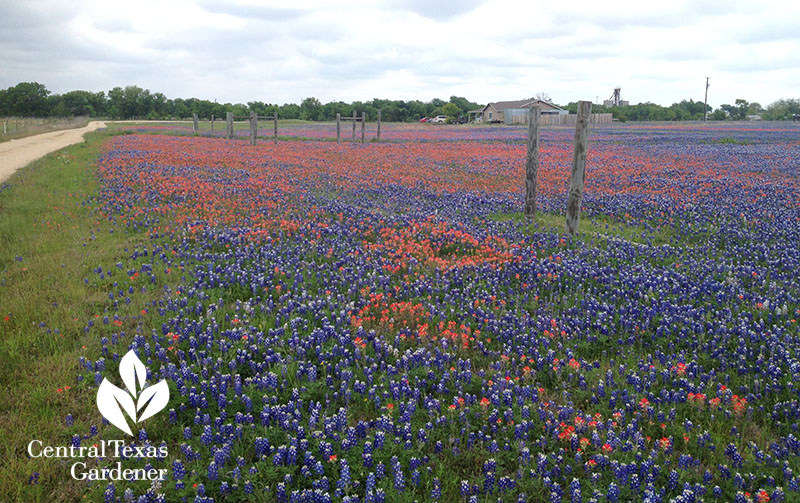
That May, countless wildflowers were blooming, including native milkweed antelope horn and yellow-flowered Texas star.
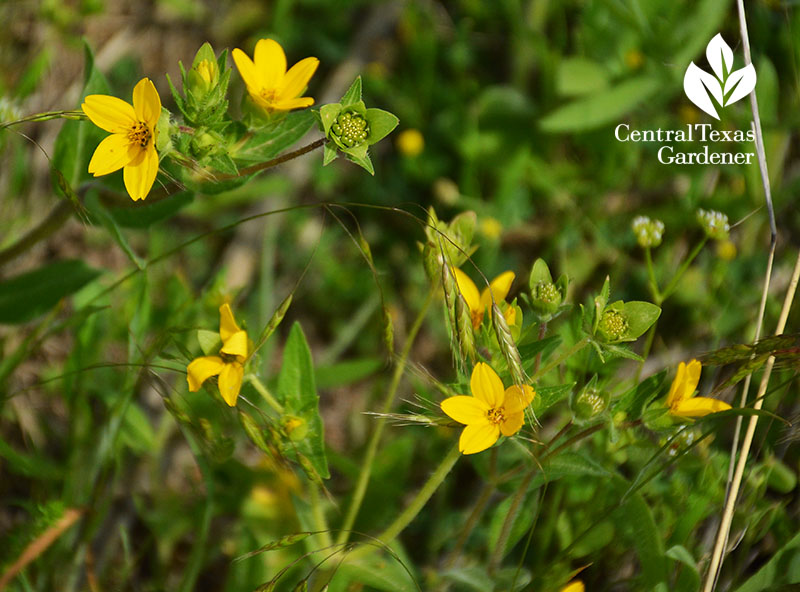
We returned in fall to get Kasie and Andy’s story. By then, the fields were abuzz with bees and butterflies on countless species, including easy-growing goldenrod.
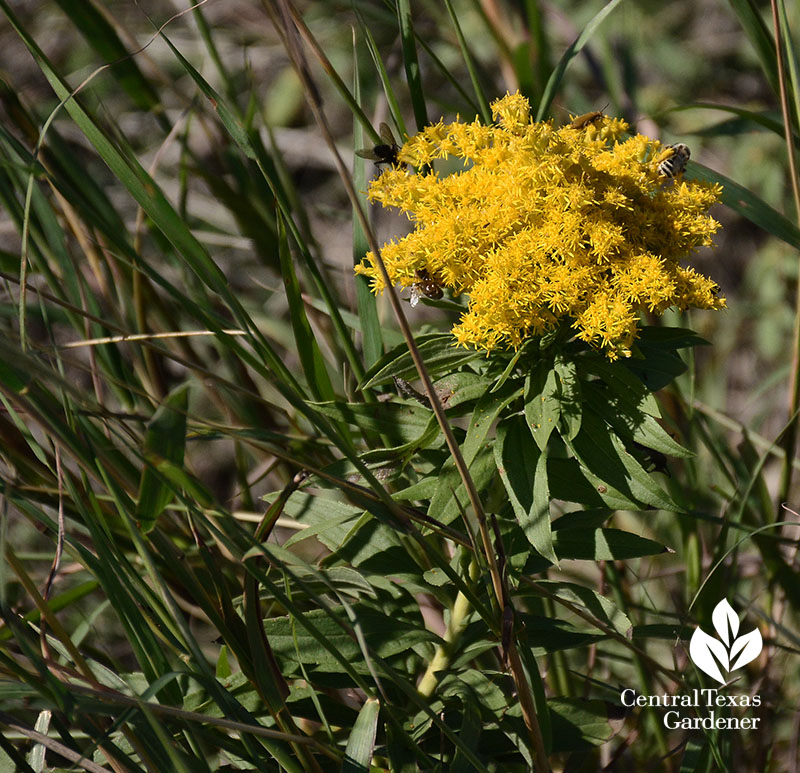
Migrating Monarch butterflies (and others) headed to the spikes of lavender fall-blooming Liatris spicata (often called gay feather). Beyond, seeds of an earlier bloomer (looks like native aster) feed pollen-collectors and seed-collecting birds.
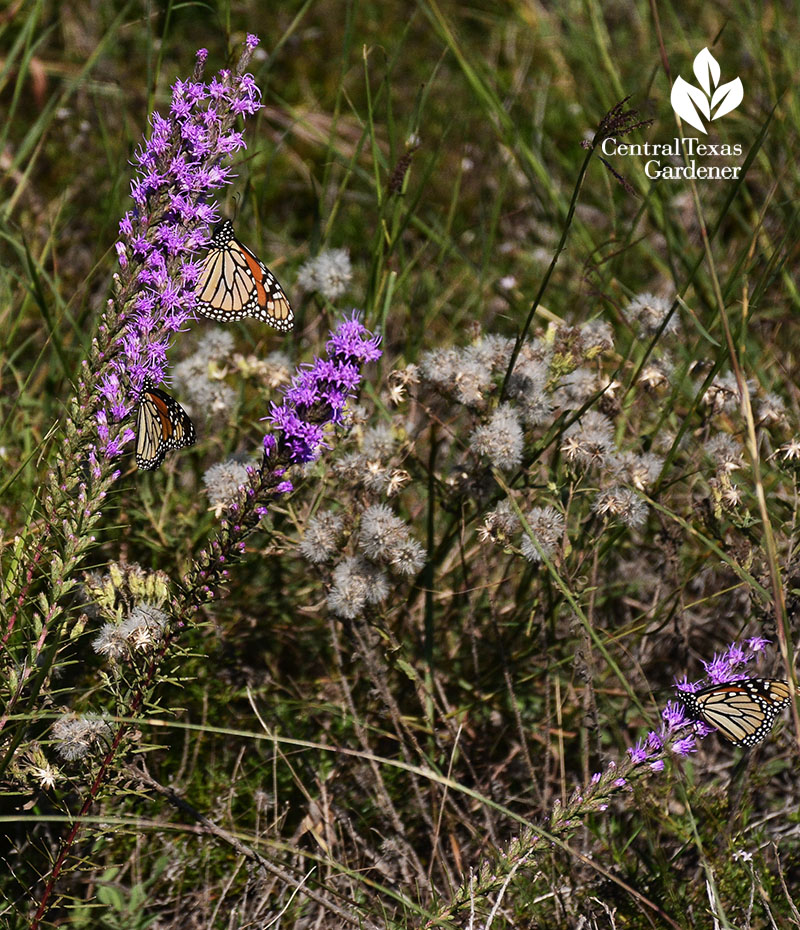
The Brazell’s prairie is just as colorful and active in summer, too, along with fruit trees, berries, and vegetable gardens in their holistic view of sustainability for them and wildlife.
Watch now for the whole story!
And thanks for stopping by! See you next week, Linda
tags:







